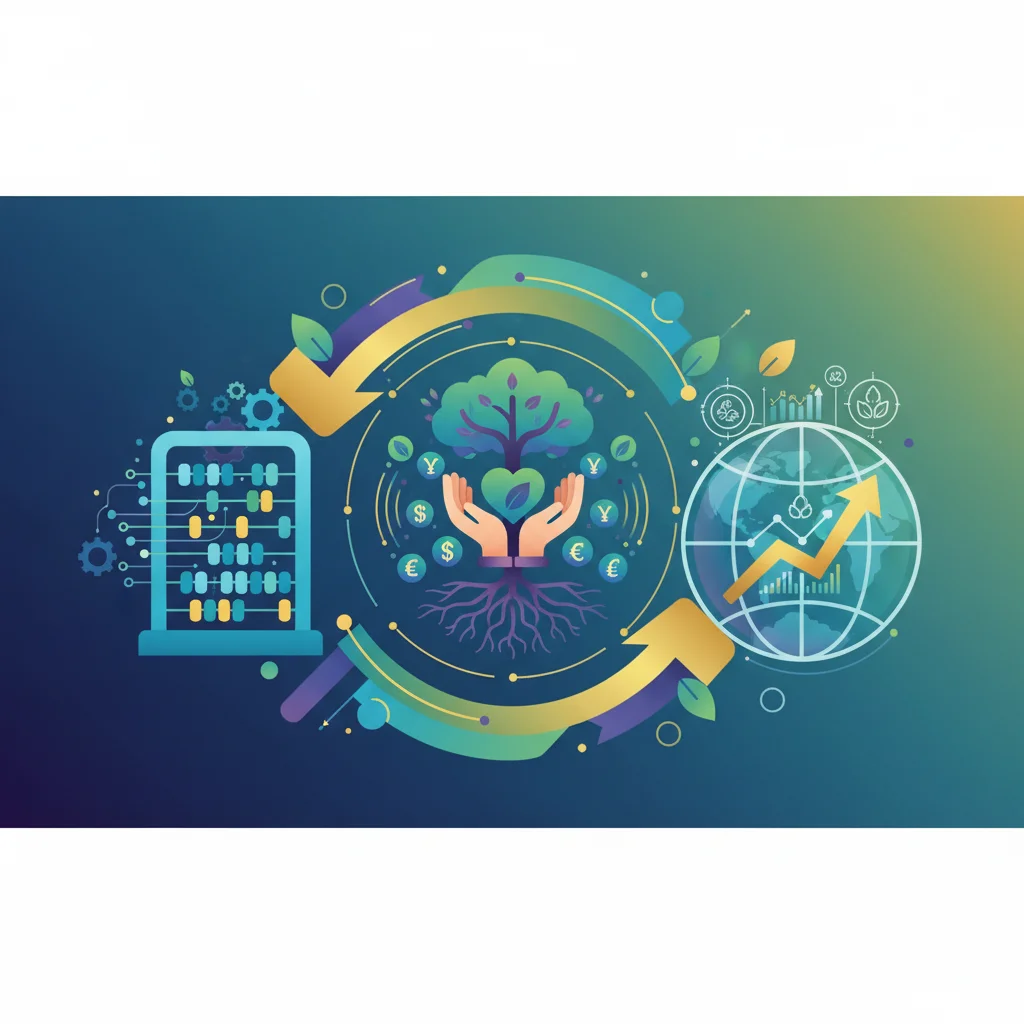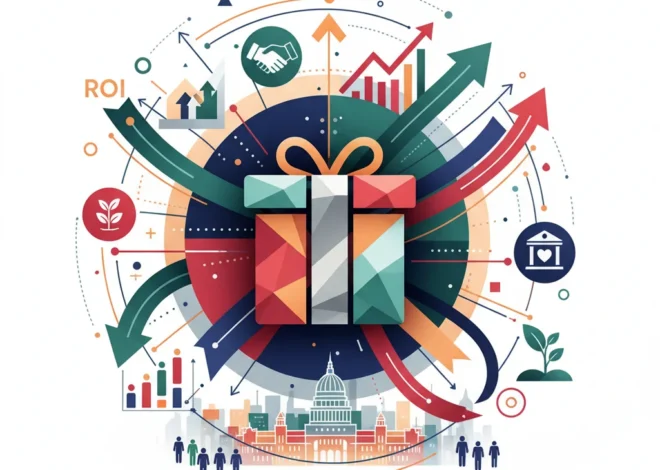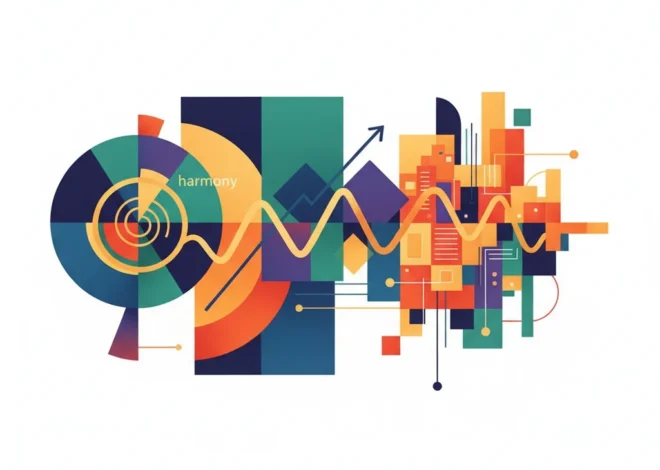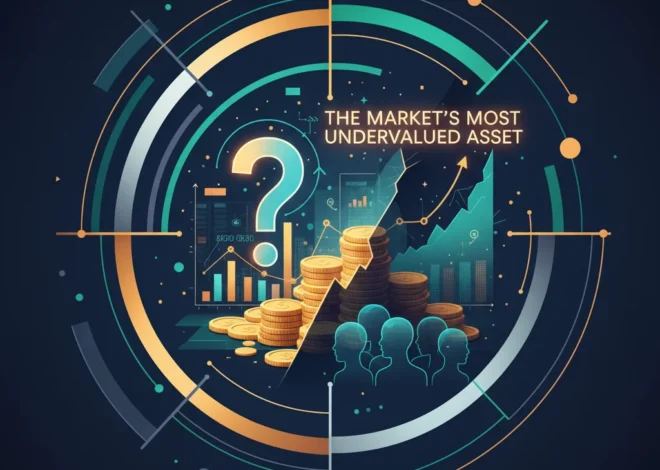
Beyond the Balance Sheet: How a Local Charity Initiative Models the Future of Finance and ESG Investing
In the world of high-stakes finance and global economics, the headlines are often dominated by stock market fluctuations, fintech innovations, and macroeconomic policy shifts. It’s a world of big numbers and even bigger implications. Yet, sometimes the most profound insights into the future of our economy don’t come from a Wall Street trading floor, but from a simple act of community goodwill. A recent initiative in Jersey, where a sports organization is partnering with a social enterprise to recycle unwanted sports kits for struggling families, is one such example. At first glance, this is a heartwarming local news story. But look closer, and you’ll see a powerful microcosm of the seismic shifts reshaping investing, banking, and corporate strategy worldwide: the rise of the circular economy and the undeniable financial gravity of Environmental, Social, and Governance (ESG) principles.
The initiative, a collaboration between Jersey Sport and the social enterprise Acorn, is straightforward: collect used sports gear and redistribute it to those who need it. This simple act directly addresses a pressing social need while simultaneously tackling an environmental one. For business leaders, investors, and finance professionals, understanding the mechanics and implications of such models is no longer optional—it’s essential for navigating the future of value creation.
The Failing Economics of a Linear World
For over a century, the global economy has operated on a predominantly linear model: take, make, dispose. We extract raw materials, manufacture products, use them, and then throw them away. This model fueled incredible growth, but its long-term costs are now coming due, creating systemic risks that are increasingly being priced into the market. The textile industry, which includes sports apparel, is a prime example of this model’s inefficiency.
Globally, the equivalent of one garbage truck of textiles is landfilled or incinerated every single second. According to the Ellen MacArthur Foundation, less than 1% of the material used to produce clothing is recycled into new clothing, representing a loss of more than USD 100 billion worth of materials each year. This isn’t just an environmental catastrophe; it’s a colossal economic failure. It represents wasted resources, volatile supply chains dependent on virgin materials, and a missed opportunity for value recovery. From an investor’s perspective, companies heavily reliant on this linear model are carrying unacknowledged risk on their balance sheets—risk tied to resource scarcity, fluctuating commodity prices, and shifting consumer sentiment.
The sports kit recycling program, in its simplicity, offers a direct rebuttal to this wasteful paradigm. It demonstrates a shift in thinking from a product’s “end-of-life” to its “next-life,” a core tenet of the circular economy.
A High-Stakes Gambit: US Weaves Politics into South Africa's Economic Lifeline
The Circular Economy: A New Blueprint for Investing and Growth
The circular economy is a systemic approach to economic development designed to benefit businesses, society, and the environment. In contrast to the linear model, it is regenerative by design and aims to gradually decouple growth from the consumption of finite resources. The principles are simple: design out waste and pollution, keep products and materials in use, and regenerate natural systems.
This is not just an environmentalist’s dream; it’s a pragmatic economic strategy that is attracting serious attention from the world of finance. By closing loops, companies can insulate themselves from resource volatility, create new revenue streams from “waste,” and build stronger relationships with customers. The Jersey initiative, while small, perfectly illustrates these principles. The “waste” (unwanted kits) is recaptured, its value is restored (cleaned and sorted), and it is redeployed to create social and economic value (helping families and avoiding new purchases).
To better understand the financial and operational differences, consider this comparison:
| Aspect | Linear Economic Model | Circular Economic Model |
|---|---|---|
| Resource Strategy | Extract virgin resources, use once | Maximize use of existing materials, regenerate |
| Product Lifecycle | Cradle-to-grave (disposal) | Cradle-to-cradle (reuse, remanufacture) |
| Economic Risk | High exposure to commodity price volatility | Reduced resource dependency, more stable input costs |
| Value Creation | Value is in the initial sale of a new product | Value is in services, durability, and recovery |
| Example | Buying a new football shirt, discarding it later | Donating a used shirt for redistribution (Jersey Sport model) |
For investors, identifying companies that are embedding circular principles into their core operations is becoming a key strategy for long-term growth. These companies are not just “doing good”; they are building more resilient, efficient, and innovative business models poised to outperform in a resource-constrained future. The banking sector is also taking note, with a growing number of financial products designed specifically to fund circular economy transitions.
The ‘S’ in ESG: Quantifying Social Impact for Financial Returns
The initiative’s primary goal—to help struggling families—places it squarely in the “Social” category of ESG investing. For a long time, the “S” was considered the most difficult of the three pillars to quantify. How do you put a number on community well-being or social equity? Yet, sophisticated investors now understand that strong social performance is a leading indicator of financial resilience.
Companies that invest in their communities, like the partners in this program, build immense brand loyalty and social license to operate. This reduces reputational risk, enhances customer retention, and attracts top talent. Research from organizations like PwC shows that the vast majority of investors now incorporate ESG factors into their analysis, and they are willing to divest from companies with poor ESG records. The social good generated by providing sports kits is not just a feel-good story; it translates into tangible brand equity that has real value on a corporate balance sheet.
This is where financial technology can play a transformative role. The next evolution of such programs won’t just be about collection bins; it will be about data, transparency, and scale, all powered by fintech.
Beyond the Scorecard: Rethinking South Africa's Black Economic Empowerment for a New Era
Scaling Impact: The Role of Fintech, Blockchain, and Modern Banking
While the Jersey program is local, its underlying model has global potential. The primary barrier to scaling such initiatives is often logistics, trust, and funding. This is precisely where financial technology and innovative banking solutions can create a breakthrough.
Imagine a scenario where every donated piece of kit is assigned a unique digital identity on a blockchain. This would create an immutable record, allowing donors, investors, and regulators to track the item’s journey from donation to reuse. This level of transparency could unlock new forms of corporate sponsorship and impact investing, as companies could verifiably report their social and environmental contributions. It moves the needle from anecdotal evidence to auditable data—the language of finance.
Furthermore, fintech platforms could emerge to connect thousands of similar local initiatives, creating a decentralized, global marketplace for second-hand goods and impact assets. These platforms could facilitate micro-investments from individuals who want to fund the logistics of a specific program, creating a new form of democratized impact investing. The traditional banking sector would play a crucial role by providing the financial infrastructure, offering green loans to social enterprises like Acorn, and developing new trading instruments based on verified carbon offsets or waste reduction certificates generated by these circular economy models.
The core principles of economics suggest that where there is inefficiency (like the USD 100 billion of wasted textiles), there is an opportunity for innovation and profit. Financial technology is the key to unlocking that opportunity at scale, transforming fragmented, local efforts into a cohesive and investable asset class.
The New Playbook: How Activists and LBOs are Targeting Corporate Underdogs
The Macroeconomic Picture: A Resilient and Regenerative Future
Zooming out, the widespread adoption of models exemplified by the Jersey sports kit program has profound implications for the broader economy. A shift to a circular economy is not just about recycling; it’s about fundamentally rewiring our industrial processes. It means creating new jobs in repair, logistics, remanufacturing, and material science. It means reducing a nation’s dependence on imported raw materials, thereby enhancing economic security.
By keeping value circulating within a local community, these initiatives foster local economic resilience. A family that receives a free sports kit has more disposable income for other local goods and services. A social enterprise like Acorn that manages the program creates local employment. This creates a virtuous cycle of local economic activity, a stark contrast to the linear model where value is extracted and often consolidated elsewhere.
The future of the global economy, the stock market, and the financial industry will be defined by those who can successfully navigate the transition from a linear, extractive model to a circular, regenerative one. The journey starts not in a boardroom, but with a simple, powerful idea: a used football shirt is not waste, but an asset waiting for its next play.


